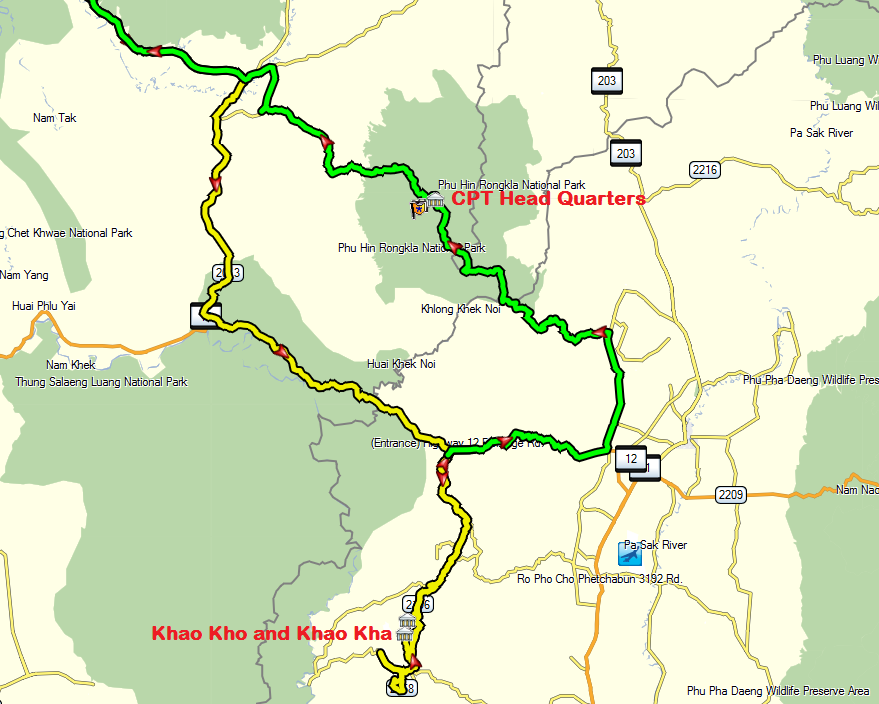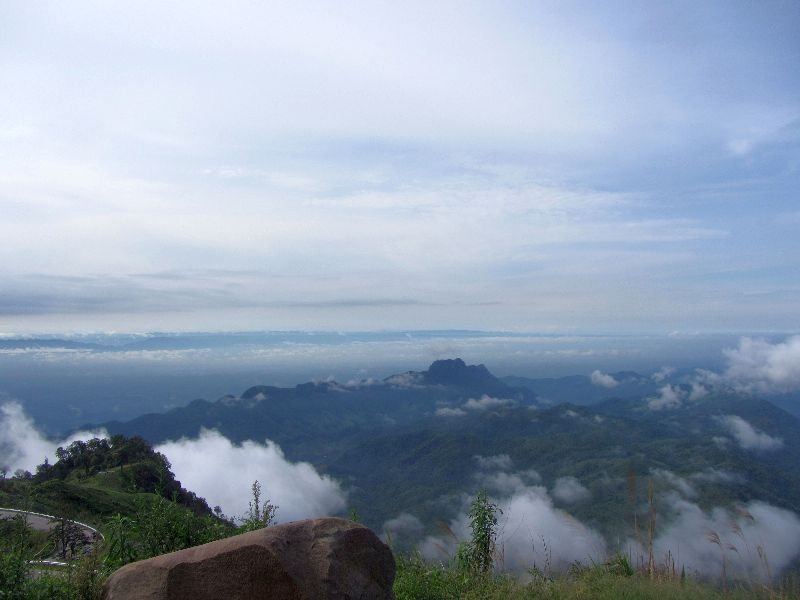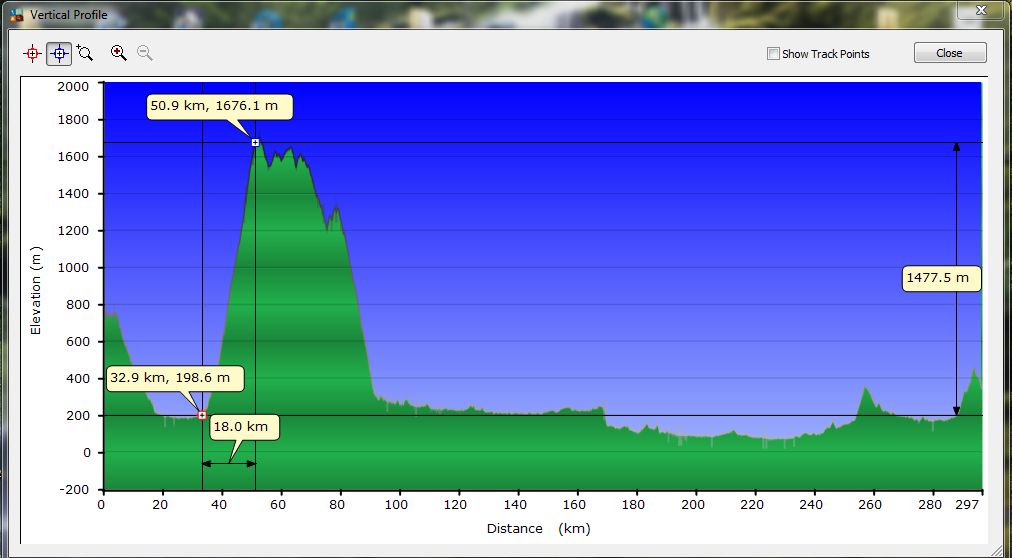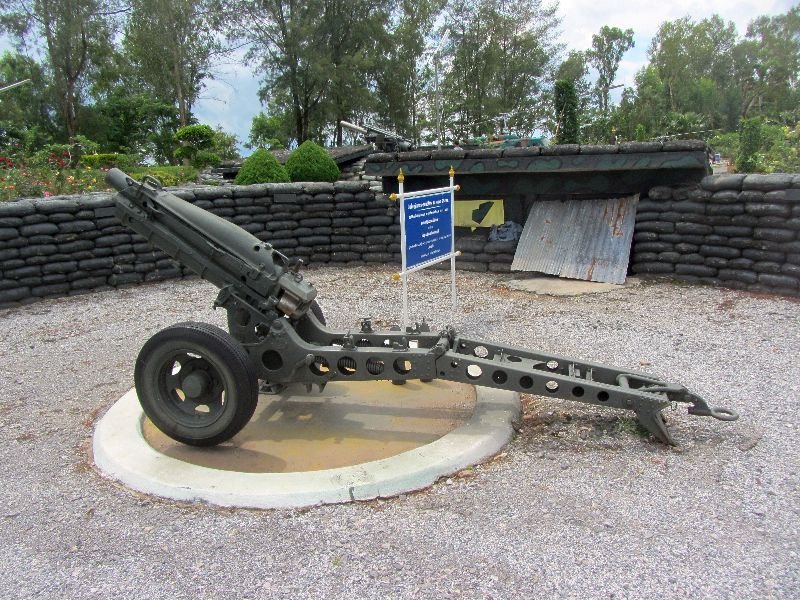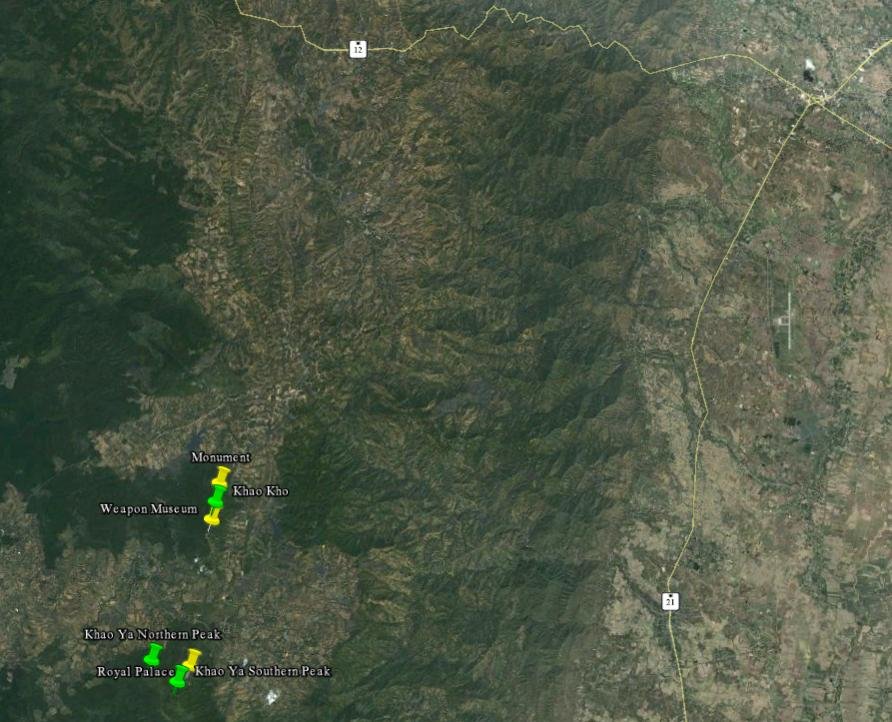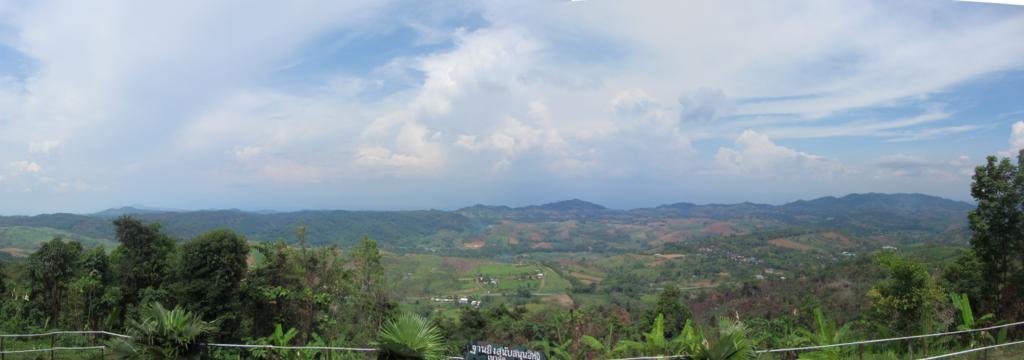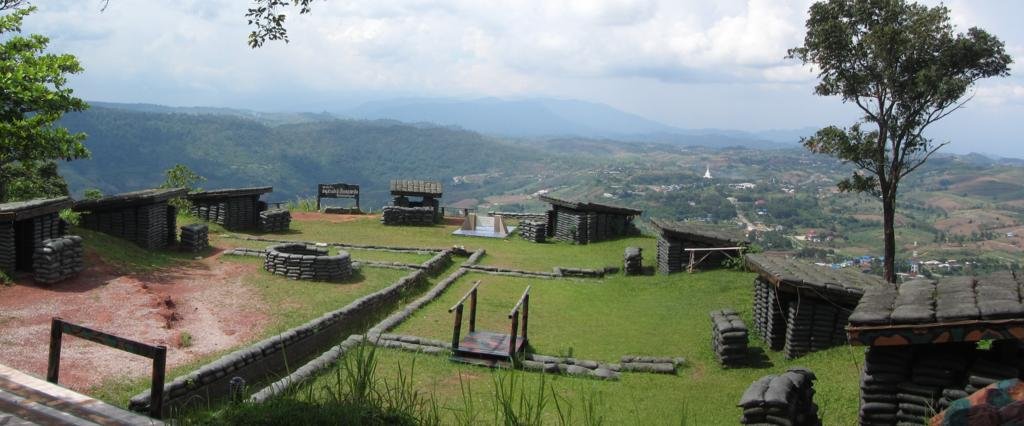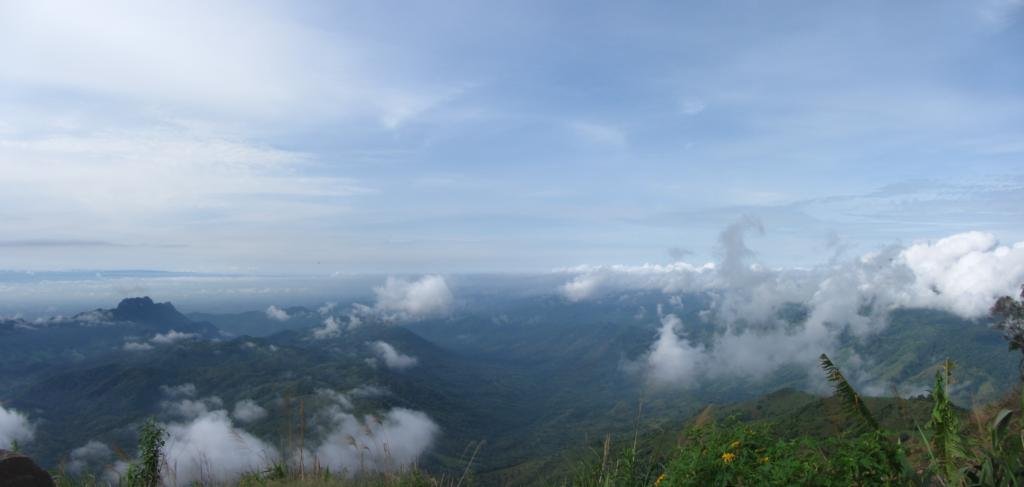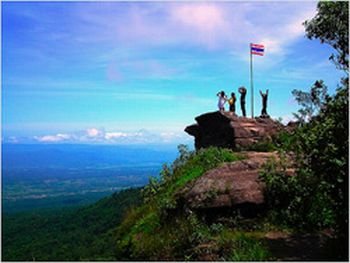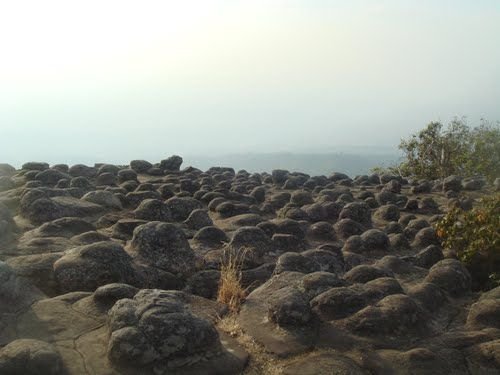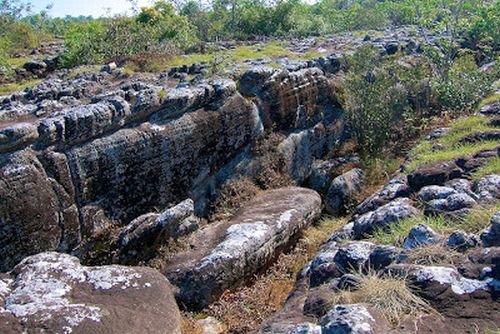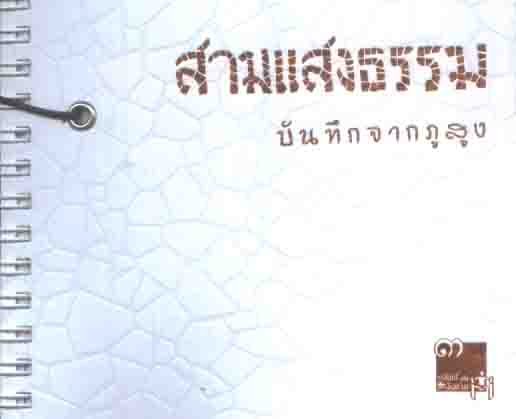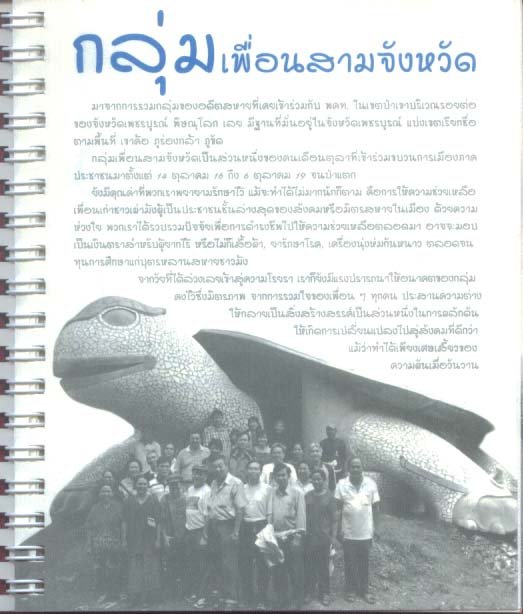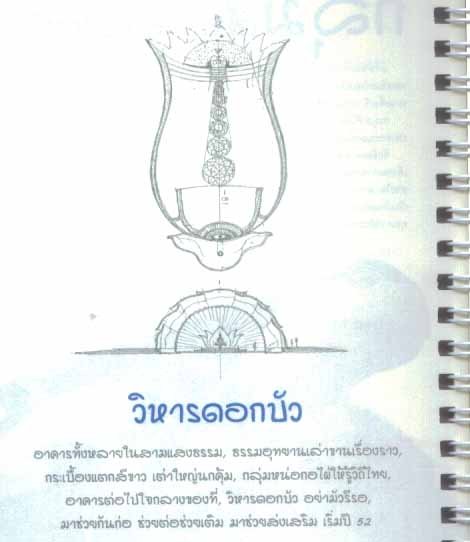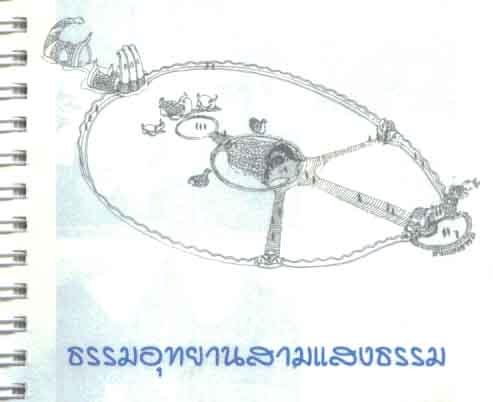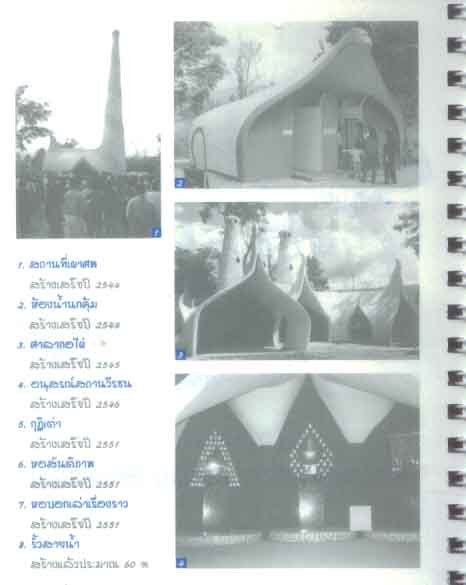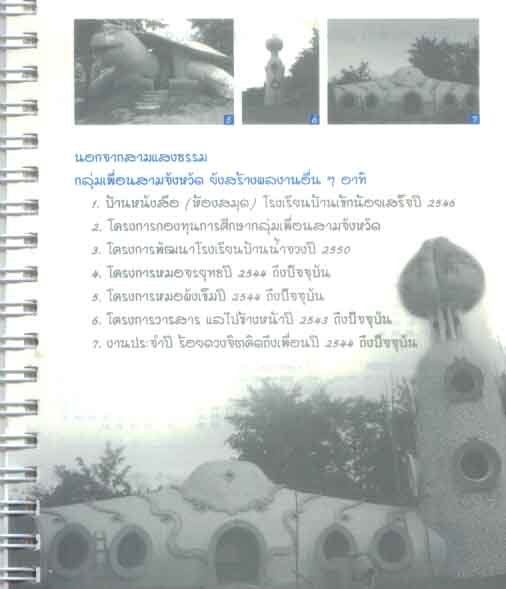Auke - Thanks for the above nuggets. Are the Thahan Phran the only black fatigued military soldiers? I've seen them before but thought they were the border police.
Some more info on the Thahan Phran souced from Wiki: The
Thahan Phran was established in 1978 to fight
Communist Party of Thailand (CPT)
guerrillas and drive them from their mountain strongholds in northeast Thailand.[SUP]
[1][/SUP] Conceived by General
Chavalit Yongchaiyudh, then Director of the Army Operations Centre at RTA headquarters in
Bangkok, the unit was to be composed of recruits from regions affected by the communist insurgency, who would be given intensive training courses of 45 days, issued with modern weapons, and then sent back to their villages to mount guerrilla operations against the communists.[SUP]
[2][/SUP] On the western frontier, where there is sporadic fighting, the
Thahan Phran work closely with the RTA and the
Border Patrol Police. On the eastern border, facing
Laos and
Cambodia, they now have primary responsibility for border surveillance and protection. Many Rangers have been killed or wounded in recent years during cross-border attacks by Burmese troops or their allies, the
United Wa State Army and
Democratic Karen Buddhist Army. In February 2001, a 19-man
Thahan Phran base designated Unit 9631, situated at
Ban Pang Noon near
Mae Sai on the Thai-
Myanmar border, was captured by 500 Burmese troops.[SUP]
[27][/SUP] The RTA has tripled the strength of the
Thahan Phran in the southern peninsula since violence surged there in 2004.[SUP]
[28][/SUP]
In October 1981 a 39-man unit of
Thahan Phran and Burmese guerrillas attempted to assassinate the drug warlord
Khun Sa at the instigation of the US
Drug Enforcement Administration.[SUP]
[29][/SUP] The attempt failed,[SUP]
[30][/SUP] however in January 1982 a
Thahan Phran squad from
Pak Thong Chai, together with units from the BPP and the Royal Thai Army, was used to force Khun Sa to move his headquarters from
Ban Hin Taek in northwest Thailand across the border into Myanmar.[SUP]
[31][/SUP]
Units of the
Thahan Phran have been sent to the deep south to curb the
South Thailand insurgency since 2004.[SUP]
[32][/SUP] They been responsible for apprehending and killing many key leaders in the area, but have also suffered casualties from ambushes Apparently during the Redshirts riots and shootings in Bangkok in 2010 there were accusations that the Thahan Phran were the folks pulling the triggers. Not sure if that statement is fabrication or based on hard evidence though.
- - - Updated - - -
Auke - Thanks for the above nuggets. Are the Thahan Phran the only black fatigued military soldiers? I've seen them before but thought they were the border police.
Some more info on the Thahan Phran souced from Wiki: The
Thahan Phran was established in 1978 to fight
Communist Party of Thailand (CPT)
guerrillas and drive them from their mountain strongholds in northeast Thailand.[SUP]
[1][/SUP] Conceived by General
Chavalit Yongchaiyudh, then Director of the Army Operations Centre at RTA headquarters in
Bangkok, the unit was to be composed of recruits from regions affected by the communist insurgency, who would be given intensive training courses of 45 days, issued with modern weapons, and then sent back to their villages to mount guerrilla operations against the communists.[SUP]
[2][/SUP] On the western frontier, where there is sporadic fighting, the
Thahan Phran work closely with the RTA and the
Border Patrol Police. On the eastern border, facing
Laos and
Cambodia, they now have primary responsibility for border surveillance and protection. Many Rangers have been killed or wounded in recent years during cross-border attacks by Burmese troops or their allies, the
United Wa State Army and
Democratic Karen Buddhist Army. In February 2001, a 19-man
Thahan Phran base designated Unit 9631, situated at
Ban Pang Noon near
Mae Sai on the Thai-
Myanmar border, was captured by 500 Burmese troops.[SUP]
[27][/SUP] The RTA has tripled the strength of the
Thahan Phran in the southern peninsula since violence surged there in 2004.[SUP]
[28][/SUP]
In October 1981 a 39-man unit of
Thahan Phran and Burmese guerrillas attempted to assassinate the drug warlord
Khun Sa at the instigation of the US
Drug Enforcement Administration.[SUP]
[29][/SUP] The attempt failed,[SUP]
[30][/SUP] however in January 1982 a
Thahan Phran squad from
Pak Thong Chai, together with units from the BPP and the Royal Thai Army, was used to force Khun Sa to move his headquarters from
Ban Hin Taek in northwest Thailand across the border into Myanmar.[SUP]
[31][/SUP]
Units of the
Thahan Phran have been sent to the deep south to curb the
South Thailand insurgency since 2004.[SUP]
[32][/SUP] They been responsible for apprehending and killing many key leaders in the area, but have also suffered casualties from ambushes Apparently during the Redshirts riots and shootings in Bangkok in 2010 there were accusations that the Thahan Phran were the folks pulling the triggers. Not sure if that statement is fabrication or based on hard evidence though.
